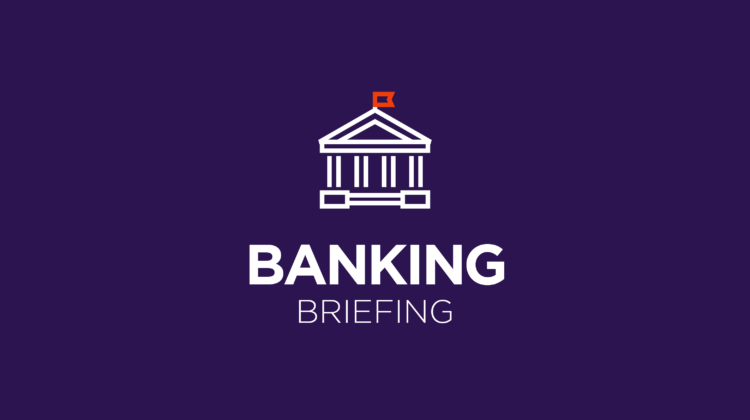Member Exclusive, New banks
Banking Briefing: Will WFH become a thing of the past?
- Banks are pushing to get employees back in the office – but what will that do for their efforts to attract tech talent?
- Meanwhile, gender inequality is alive and well in the banking industry. Here’s what one bank is doing to try and solve that.








